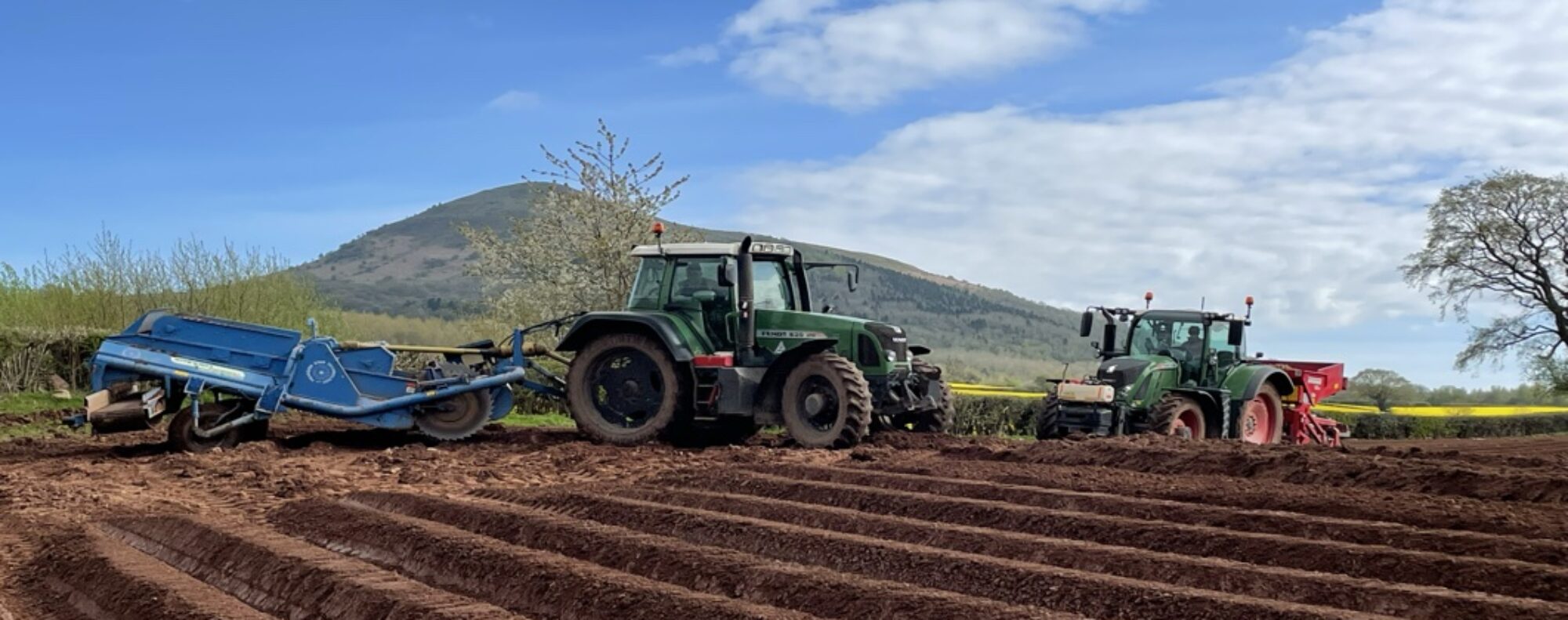‘Wild streams and wild birds (with apologies to the Rolling Stones)’
A piece published for the Wild Trout Trust in their annual journal ‘Salmo Trutta’ in 2014 (light edit update since publication)
The sun beat down mercilessly on me as I travelled light, with rucksack and rod, high up in the Brecon Beacons. So light in fact that I had forgotten my fly reel but the main thing I remember about that day was the unpleasant sunstroke.
There wasn’t a single piece of shade to the upland stream and I had to hunker down behind a rock to get out of the sun, mopping my brow with sphagnum moss.
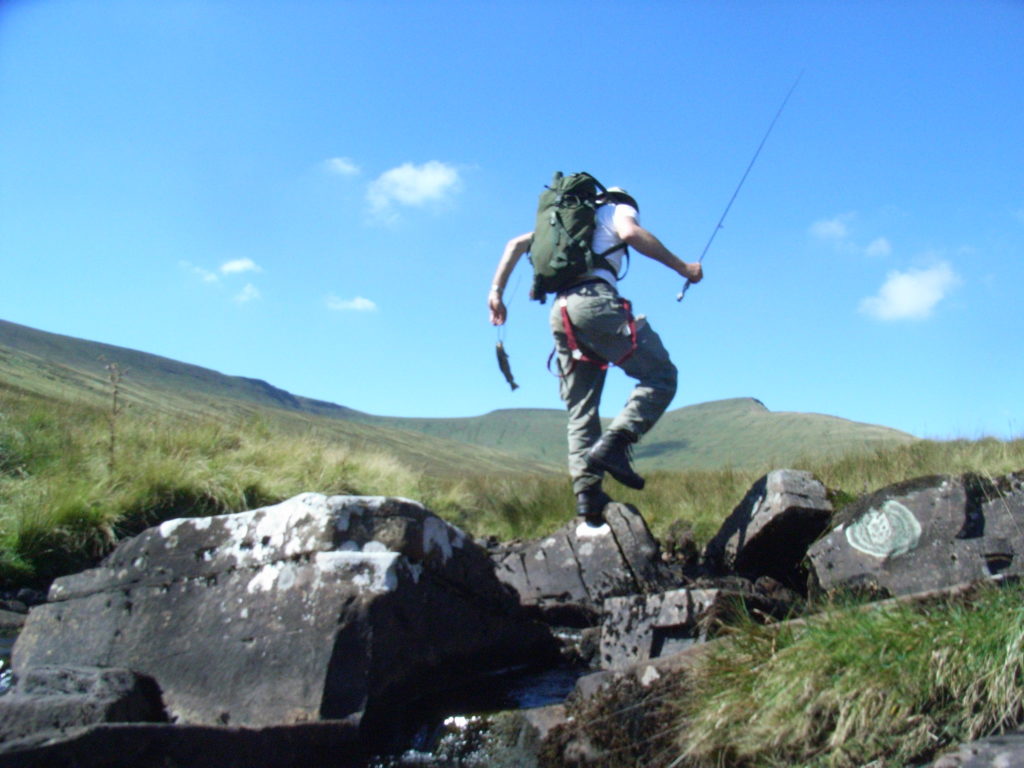
Earlier in the day, a single red grouse exploded from a thinning area of heather. The sheep – far and few they may have been – had left little for bird nor fish – a landscape of short grass and parched rock. In Scotland, parts of the uplands are overgrazed by red deer and in southern England, browsing from roe and muntjac deer is affecting low shrub habitat for birds.
Putting aside the impact of grazing stock, we also like things neat. Habitat trimmed and tidy. Convenient. Pleasing to the eye.
Immaculate farms sell well at auction, gardeners surreptitiously apply moss killer to lawns; vegetable growers pull competitive weeds within hours of emergence; motorway verges tightly shorn; fisheries mow around reed-less lakes or banks of chalk streams; pheasant shoots clear areas for ‘sewelling’ lines to flush birds and Countryfile Magazine sells well with the front cover depicting the familiar mounds of UNESCO approved Lake District.
Admit it; we’ve all waded into a stream to snap off an errant branch hanging over the best lie in the pool to return later for some flawless casting action.
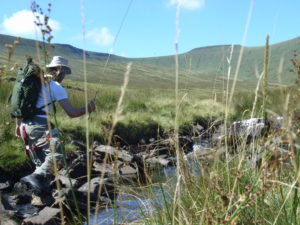
Another school of thought has gone the opposite way – obsessed by removing grazing animals to let things revert to nature. ‘Rewilding’ the uplands might result in bracken and scrub taking over for years before eventually reverting to woodland. Previously native wildlife is reintroduced – from wild boar to wolves. The latter much lauded in Yellowstone Park in the US (3% of the UK’s land area) with the mere sniff of wolf causing large herbivores to avoid (ecology of fear) certain ‘potential death’ areas in valley bottoms. This in turn enables habitat to grow back to river banks which in turn improves fish stocks.
Many argue that the UK is too small an area to experiment with such ‘trophic cascades’ from presence of apex predators and this then passes the responsibility to humans to manage, not just habitat, but how we pursue our sport and manage predators where required.
There is a similarity with other quarry species. As salmonids are known as indicators of riverine health, game birds such as grey partridges, listed on the Farmland Bird Index, are referred to as barometers of farmland health.
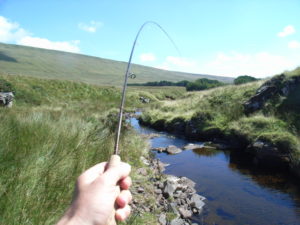
Other species, previously hunted such as curlew, have habitat requirements closely linked to changing practices of land management, forestry and farming.
The brown trout (salmo trutta) is technically on the UK list of priority species which states that Salmo trutta is clearly threatened in some areas of the UK, particularly NW Scotland. Ancestral trout populations are under threat from habitat deterioration and stocking.
If you haven’t spotted it by now, the key word here is habitat.
There are more nuanced ways between the extremes of letting nature take over and the overly neat management (or my wife’s made up word – ‘neatification’) of land. We get fixated by the perceived ‘quick fix’ of predator control – from buzzards preying on high-density released pheasant pens to cormorants feasting on over-stocked stew ponds, goosanders on salmon parr in bare-banked streams and magpies nabbing songbirds in trimmed gardens – when habitat is also a key element.
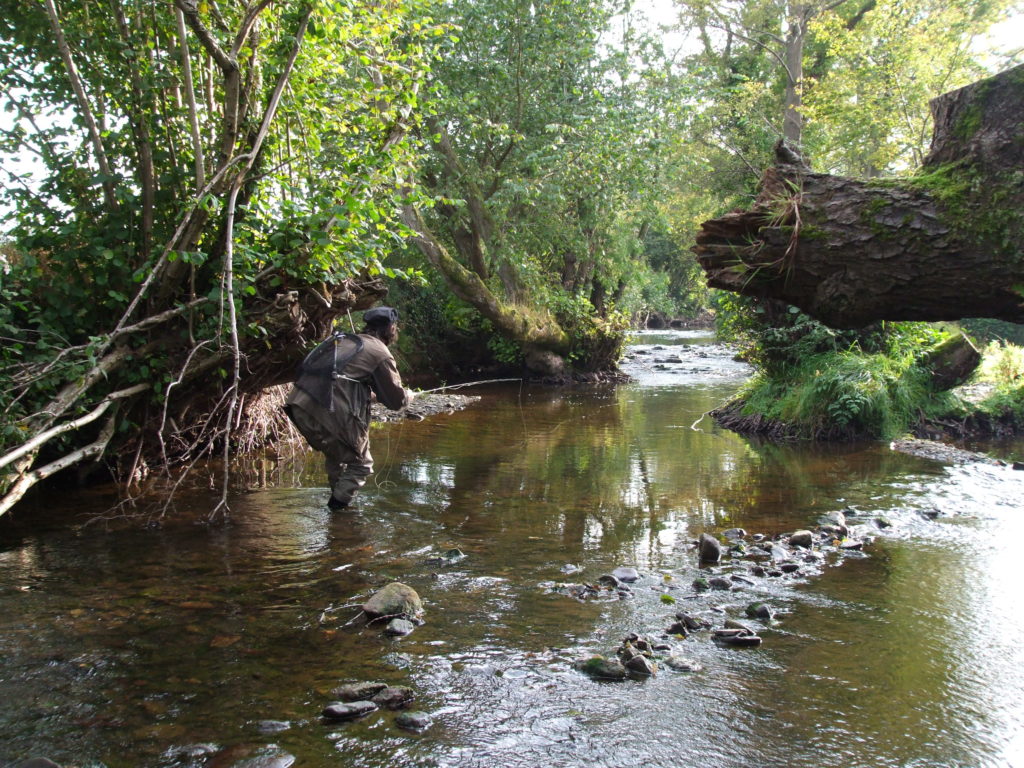
I’ve not even delved into the pressures of modern agriculture on wildlife – from loss of winter stubbles to soil runoff into watercourses – and there are, of course, huge discussions around these issues that involve trade-offs and synergies. The hardest, and perhaps least interesting long term work, is creating habitat that enables resilience within those wild species some of which we may wish to hunt and conserve.
We must strike that balance between commercially positive and environmentally negative. The release of high densities of pheasants and stocked trout can have an adverse impact on habitat and other wildlife which must be moderated rather than just relying on reducing predators drawn to the ‘feast’.
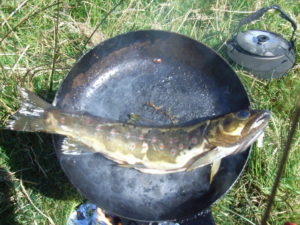
On top of this, an urbanising, disconnected (though increasingly engaged) population relies on information from sensation driven media which will pick up on poor practices which in turn will force the issue of regulation onto how rural enterprises and fieldsports are undertaken.
Both wild grey partridges and brown trout need us to focus even more closely on providing habitat for wildlife under pressure to enable them to breed, survive and thrive in smarter managed landscapes in which we may occasionally pursue them on a wild hunt.

